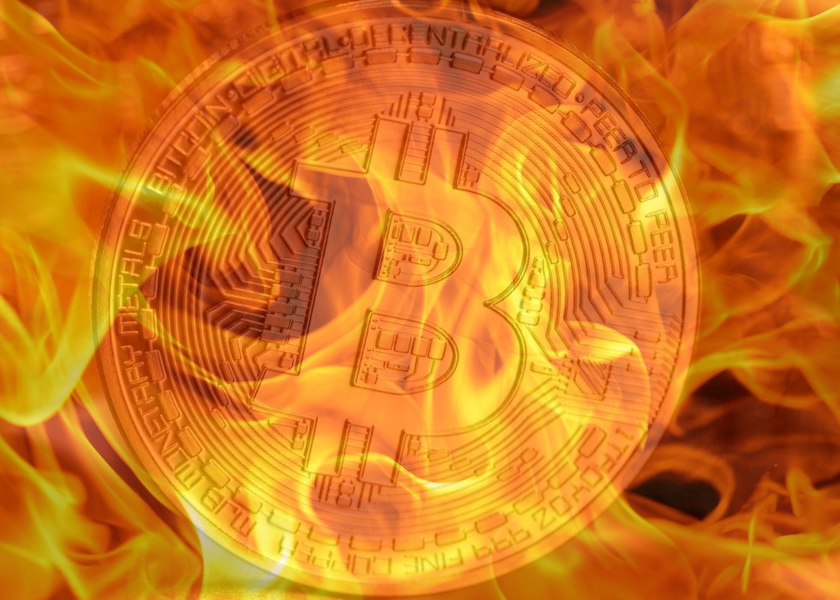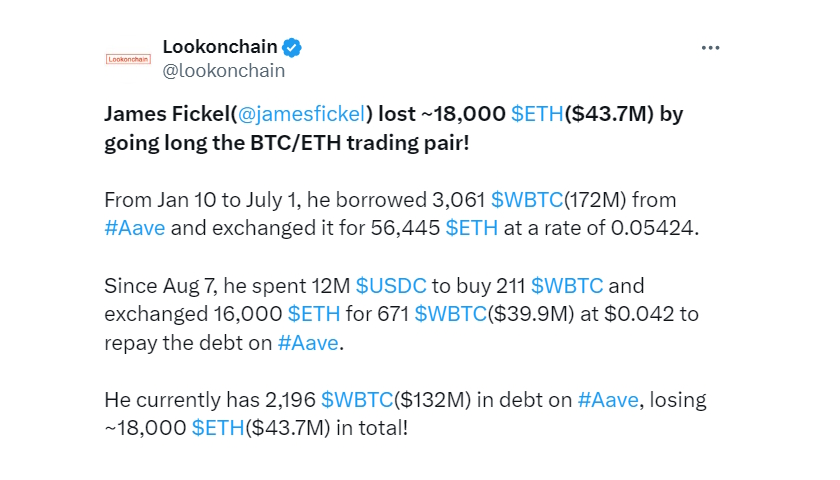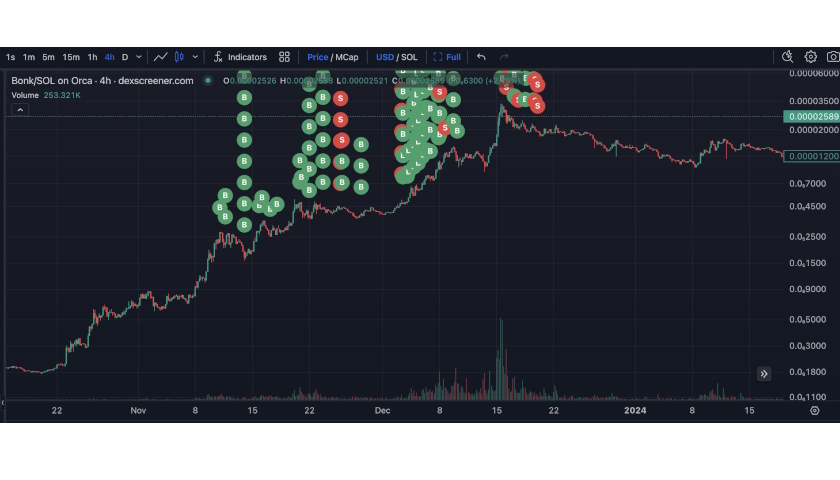Cryptocurrency’s meteoric ride mirrors silver’s boom and bust
The trend for bitcoin now is unmistakable — down, down, down.
Bitcoin has crashed. Bitcoin BTCUSD, +0.51% has lost half of its value in just over a month. This is not a “correction” ultimately leading to new highs. This is not fuel for contrarians. Plain and simple, bitcoin is falling and it won’t be getting up.
Last December 7th, I wrote that bitcoin and other cryptocurrencies were in a full-fledged mania. Less than two weeks later, bitcoin futures XBTG8, +0.41% BTCF8, -0.86% peaked at about $19,600 — and it’s been a gut-churning, upside-down roller coaster ride ever since. Last Wednesday, CME’s Bitcoin Reference Rate (BRR) closed below $9,500. Bitcoin has since bounced a bit — on Tuesday it traded above $11,000.
Bitcoin “investors” (or, to be more accurate, speculators) may be in denial, and reporters and analysts may be daunted by the complexities of blockchain technology. But the charts say that bitcoin is following the pattern of all manias and crashes since the Dutch went ga-ga over tulips in 1636-37.
Read: Why bitcoin is worth exactly $0 (and blockchain might be very valuable)
How low could bitcoin go? For that, look at history. Crashes following the world’s biggest stock-market bubbles have resulted in share price declines of 80%-90%. The Nasdaq Composite Index COMP, +0.71% ultimately lost around 80% of its value after the dot-com bust, and so did Japan’s Nikkei NIK, +1.29% when its bubble unraveled. The Dow Jones Industrial Average plunged 90% after the 1929 crash.
But remember, these were stock markets, which price in real earnings by real companies. Bitcoin has some external uses, but it reflects mostly what people will pay for it. That’s why silver SIH8, +0.72% is the better comparison.
Silver had two big speculative runs — one in 1980 and the other in 2011.
In the first instance, Texas tycoons Herbert and Nelson Bunker Hunt, convinced the inflation of the 1970s would decimate investments denominated in “fiat” currencies (sound familiar?), took some of their money, leveraged it up by borrowing from several big banks and brokerage firms, and bought massive amounts of silver. At one point they controlled an estimated two-thirds of all the silver contracts on the COMEX.
In January 1980, silver topped out around $50 an ounce. The Hunts’ silver “investment” was worth $6.6 billion — on paper. But then silver swiftly tumbled 50% and the Hunts couldn’t meet a margin call. Word spread on Wall Street, and on March 27, 1980, “Silver Thursday,” the Dow fell by as much as 3.5%.
Several big banks cobbled together a $1 billion rescue package for the Hunts, and a financial crisis was averted. The brothers lost $1.5 billion, eventually declared bankruptcy, and in a 1988 civil trial were convicted of attempting to illegally corner the silver market.
Despite some sharp countertrend rallies, silver kept falling from its peak. It hit bottom at around $4 an ounce in 1995 — a 92% decline — and didn’t begin its recovery until the 2000s. Silver’s bear market lasted more than 20 years.
A new bout of silver fever hit in April 2011, and again silver peaked near $50 an ounce. It bottomed below $14 in December 2015, a 72% drop.
Bitcoin buyers — do the math. An 80% decline would send bitcoin to $4,000 while a 90%+ drop would drive it down to $2,000 or below. That’s the more likely outcome in light of the cryptocurrency’s gigantic upward move and wild volatility. Given what happened in previous crashes and bear markets, bitcoin’s price could remain depressed for years.
That’s why those of you who own it should sell at least some of your holdings on big upturns. Bitcoin has crashed and it’s going to get a lot worse.
Author: Howard R. Gold
Source: marketwatch.com




